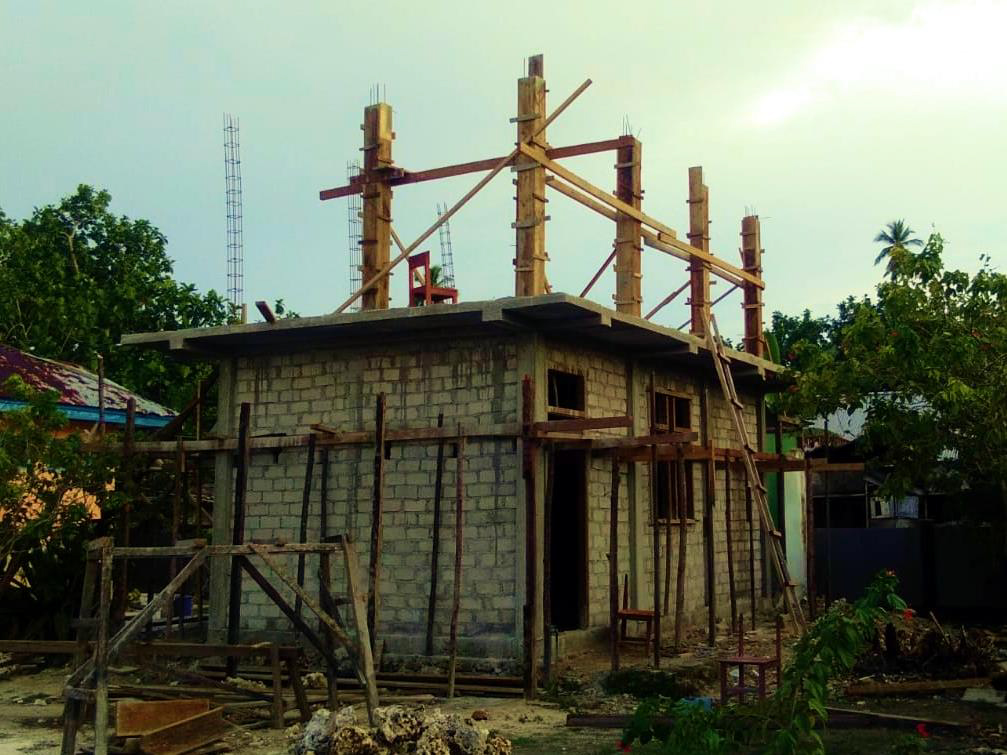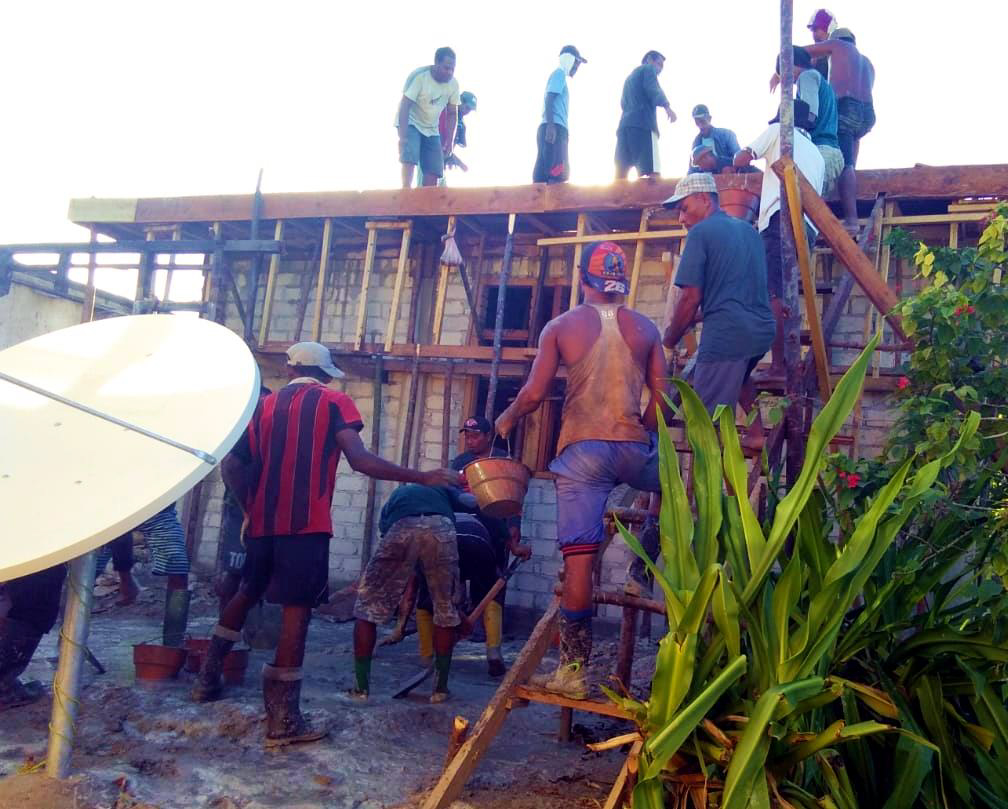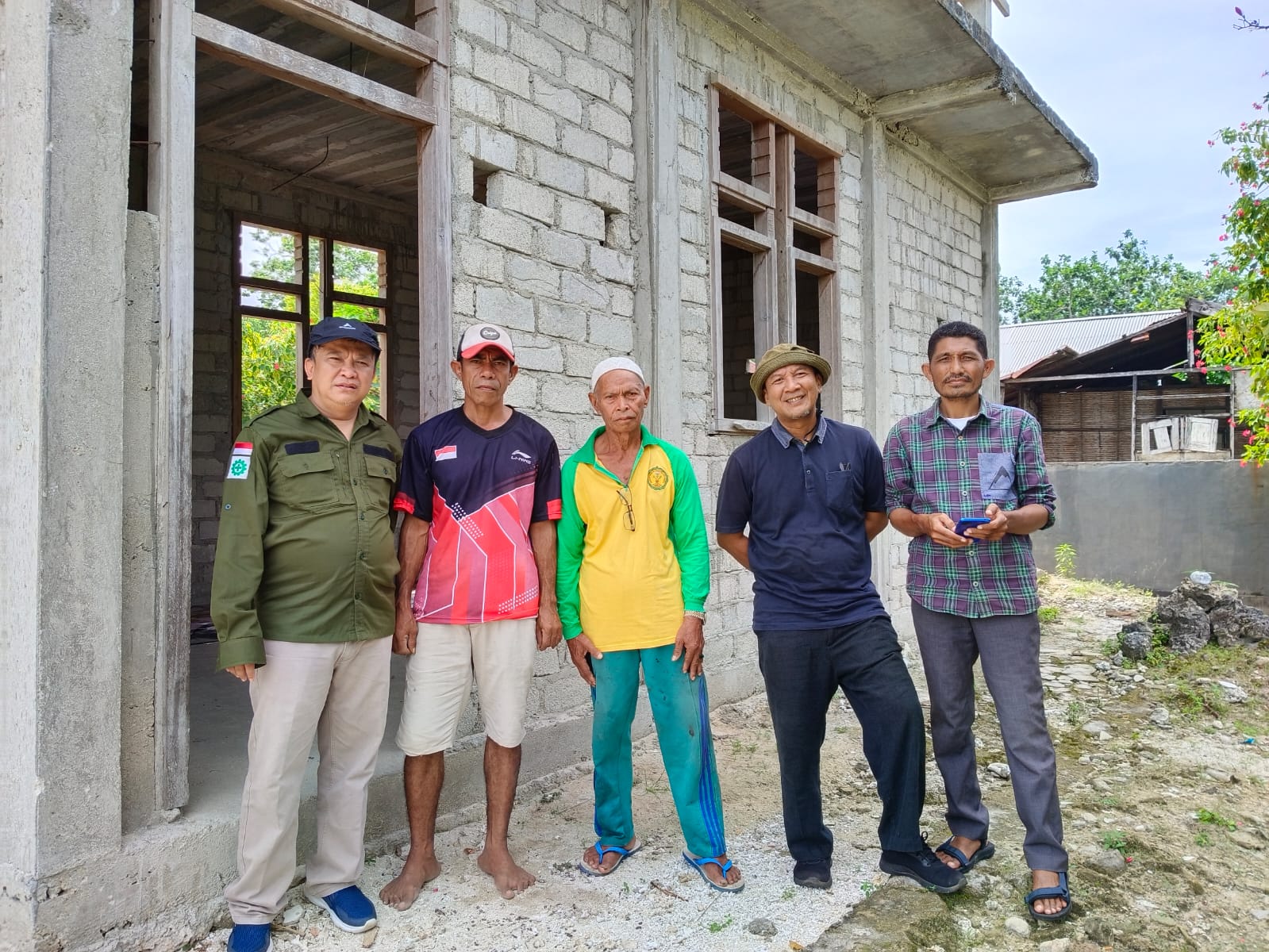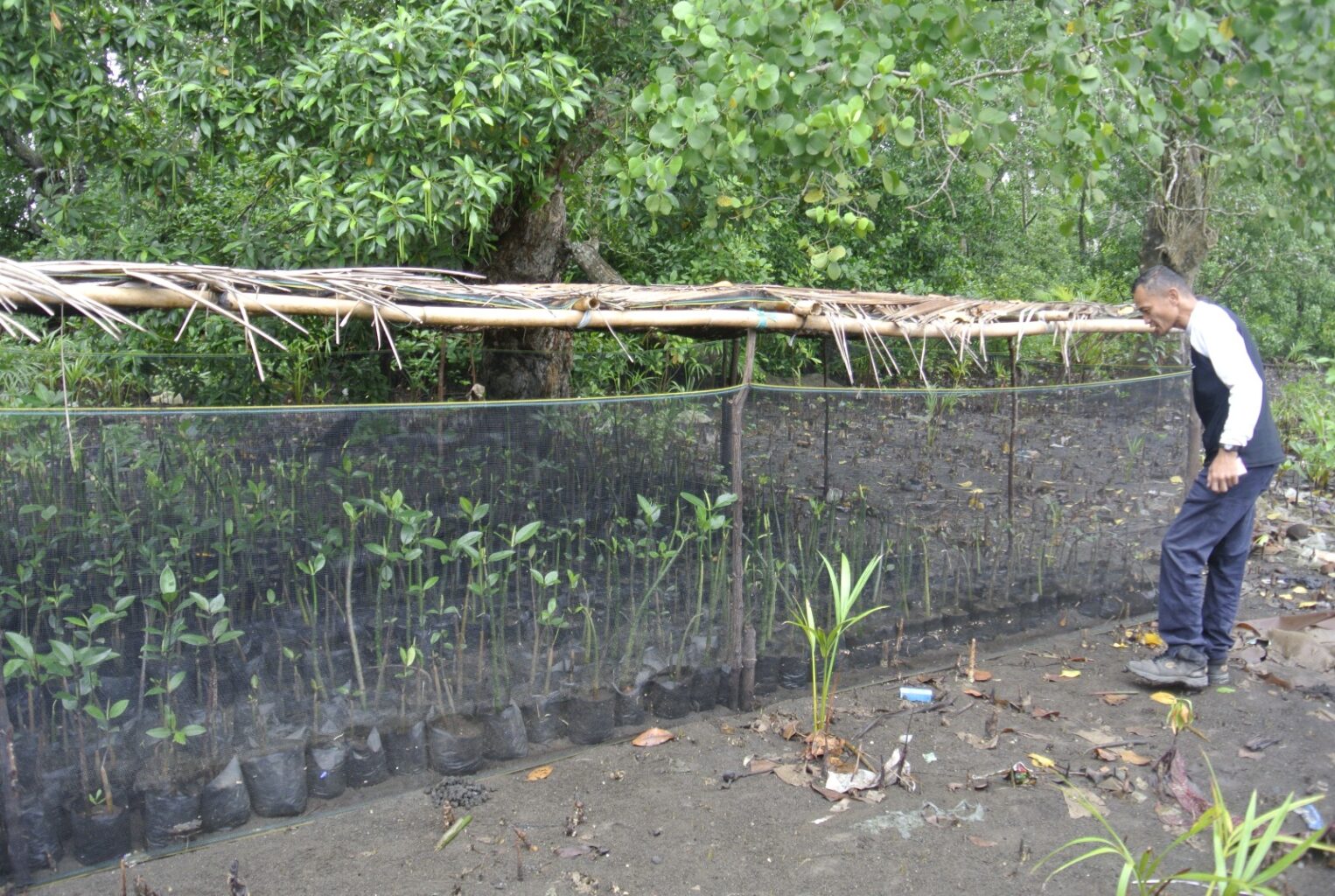Indonesian law protects mangrove forests—on paper. But official enforcement is spotty, and on-the-ground protection depends almost entirely on the local people.
The subsistence fishers of Tawabi Island have protected the mangroves around their island for generations. They are intimately familiar with these forests, which contain five species of mangroves and are the primary source of food and medicine for the villagers. They have also seen that when coastal villages do not protect their mangroves, it causes severe erosion and disastrous declines in fish and crabs.
Village leaders are not sure, however, that the young people share their unshakeable commitment to keeping the mangroves healthy. They fear future generations will not respect traditional wisdom. It is tempting to exploit the mangroves for short-term gain–causing immense damage or even the total loss of the mangrove ecosystem.
To ensure continued conservation of the mangroves that protect their home and provide their livelihood, the community members want to do two things. First, they want to develop a formal conservation plan for the mangrove forests. Eventually, the plan will expand to include the seagrass beds, coral reefs, and fishing grounds off the village. The village will develop the plan in collaboration with the Fishery and Marine Faculty of Khairun University in North Maluku.
Second, they want to pass on value their ancestral knowledge and cultural pride to their children and grandchildren. They will use a Seacology grant to build a “mangrove education mini-park.” It will include a solar-powered mangrove education center, seedling area, and interpretive walkway.
Local teachers and university faculty will develop environmental education materials, focused on the island’s ecology, for village elementary schools. Later, these materials will be adapted for junior high schools and disseminated in other villages in the Kayoa Islands. Environmental education and conservation training will also be offered to fishers, government members, and other groups.

















